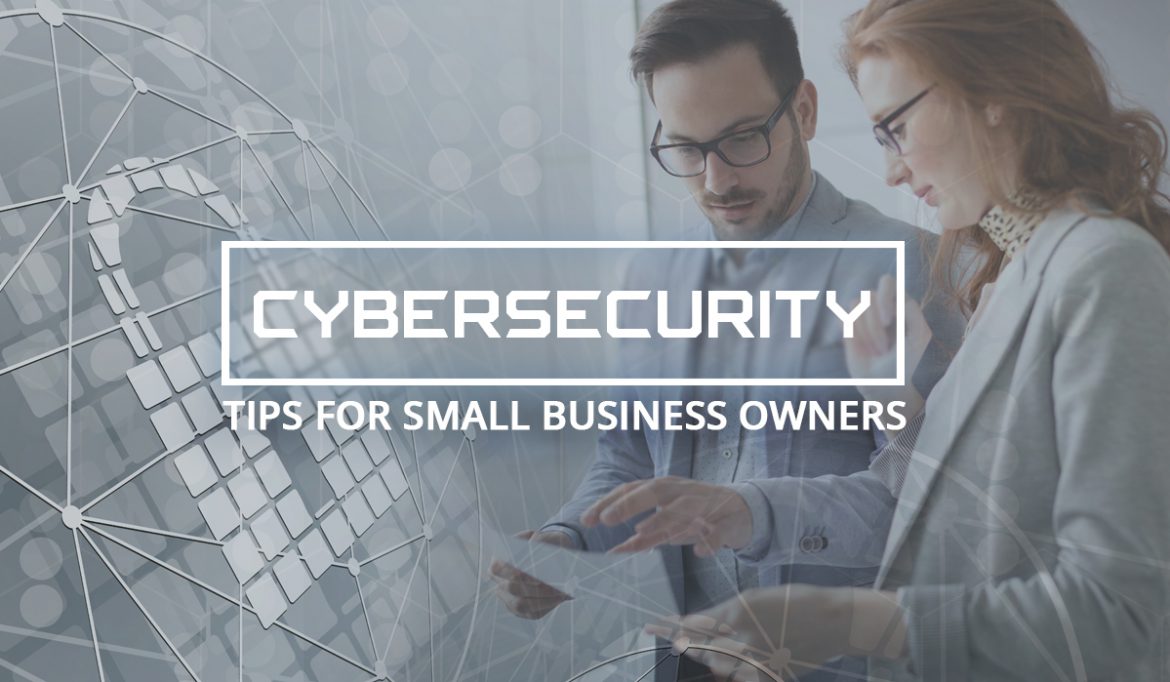Small financial business owners might think they’re less susceptible to cyberattacks than larger corporations. But the truth is, that isn’t the truth.
For financial professionals, going online without the proper safeguards to protect your personal, business, and financial information is like going to the bank and giving your wallet to a stranger.
It’s just not a good idea.
With more transactions handled online each day, it’s important to stay vigilant and protect your account information. Cybercriminals everywhere seek to steal your sensitive information for their financial gain.
With that in mind, here are ten actionable tips to keep your online business activities safe and secure.
1. Consider Two-Factor Authentication
By now, you probably know to have unique passwords for different sites, and to stay away from “easy guess” passwords. These include your birthday, spouse’s name, mailing address—you get the idea.
So, naturally, let’s take it to the next step: two-factor authentication (2FA).
2FA is usually generated by a text message or a special smartphone app such as Google Authenticator, Authy, or LastPass Authenticator. Once you download an authenticator app, simply link your accounts. The app constantly displays a rotating set of codes that you can use whenever needed. It’s a reliable way of verifying that it’s actually you logging into your account.
2. Check Your Links & URLs
Always check the URL of the site you’re browsing. If it starts with “http://” and not “https://” that means it’s not a secure site. You could be opening yourself up to fraudulent activity.
Be sure to hover over links—especially in emails—to make sure they aren’t “cloned” or “dummy” websites. These links seem to stem from a legitimate website, but a character or two don’t match the correct web address. Here are two examples of a real website and a fraudulent version.
- Real website: https://www.google.com
- Fake website: http://www.go0g1e.com
- Real website: https://www.bankofamerica.com
- Fake website: http://www1.bankamerica.com
3. Run a Clean Machine
Always keep your devices up to date on the latest software. Many of us refuse to update software for days or even weeks. But with each click of the “Remind Me Later” button, hackers gain more time to access your device. These updates include, but aren’t limited to:
- Operating systems
- Security and anti-virus software
- Web browsers
Related: Cybersecurity: Tips for Protecting Client Data
4. Use Secure Networks
Does the allure of free Wi-Fi tempt you? It sure seems like a nice perk. But these often-unsecured networks found at coffee shops, fast food joints, and airport terminals can be a cybercriminal’s paradise.
An experienced hacker can gain your sensitive information such as your banking credentials over these unsecured networks. Unless you can opt-in to a secure network, you’re better off using your mobile data.
5. Check Accounts Regularly
Do you still check your credit card statements on a paper bill sent out? There’s a good chance you don’t. The mobile financial tools we’ve grown accustomed to are great on the run, but they also make us lazy in checking our day-to-day account activity.
Check your account activity on a weekly—if not daily—basis. Set auto-notifications in your financial apps to monitor your banking and credit card activity in real-time. These steps give you the ability to spot a fraudulent charge right away.
6. Use Reputable Mobile Apps
There are many financial apps that help with saving, budgeting, billing, and more. But before you install, be sure to check their security protocols. Any reputable banking or financial app should have their security information readily available to read.
Be sure to read the reviews, too. If users are reporting security problems, you shouldn’t download it.
7. Reduce Your Spam
We get so many emails in our inbox. And some will be illegitimate regardless of how professional they look at first glance. These are called “phishing” attempts.
To reduce your chances of receiving these fraudulent emails, simply don’t respond to them. When you reply to a message, you show the sender that your email address is indeed active. This inevitably leads to more spam and phishing attempts.
Related: The Future That is Now: The Impact of Technology, Aging, & Economic Disparity
8. In Doubt? Don’t Click.
If you get messages in your email inbox or on social media sites that look suspicious or are from someone you don’t know, permanently delete them.
A popular scam is for someone to message you saying they have an “important business document” for you to sign. Without second-guessing, you could click the link to be directed to the document. Unfortunately, at this point, your data may already be compromised.
It’s imperative to only click on links in emails from people you personally know. Never provide personal or business information to anyone who requests it online unless it’s a 100% verified source.
9. Password-Protect Your Mobile Device
Perhaps it’s annoying to unlock your device with a password, code, or fingerprint every time you open it. That’s nothing compared to misplacing it and your information winding up in the wrong hands.
Play it safe by protecting your mobile device and all the sensitive information that it holds.
10. Link Accounts to Credit Cards
Don’t link your online accounts with your business’s bank account or debit card. Instead, try using your business credit card information. The added layers of protection make a credit card safer to use online. Plus, if a fraudulent charge occurs, your bank account isn’t impacted.
Credit cards also tend to have easier and more efficient dispute systems, so you can report bogus charges easier and get the charge quickly removed.
Final Thoughts
For today’s financial professional, cybersecurity is no joke. It’s important to prepare yourself to thwart attacks that are detrimental to your business. And frankly, it’s irresponsible with all the client data you store.
Along with the proper cybersecurity software, these tips can keep you and your clients’ information secure.

